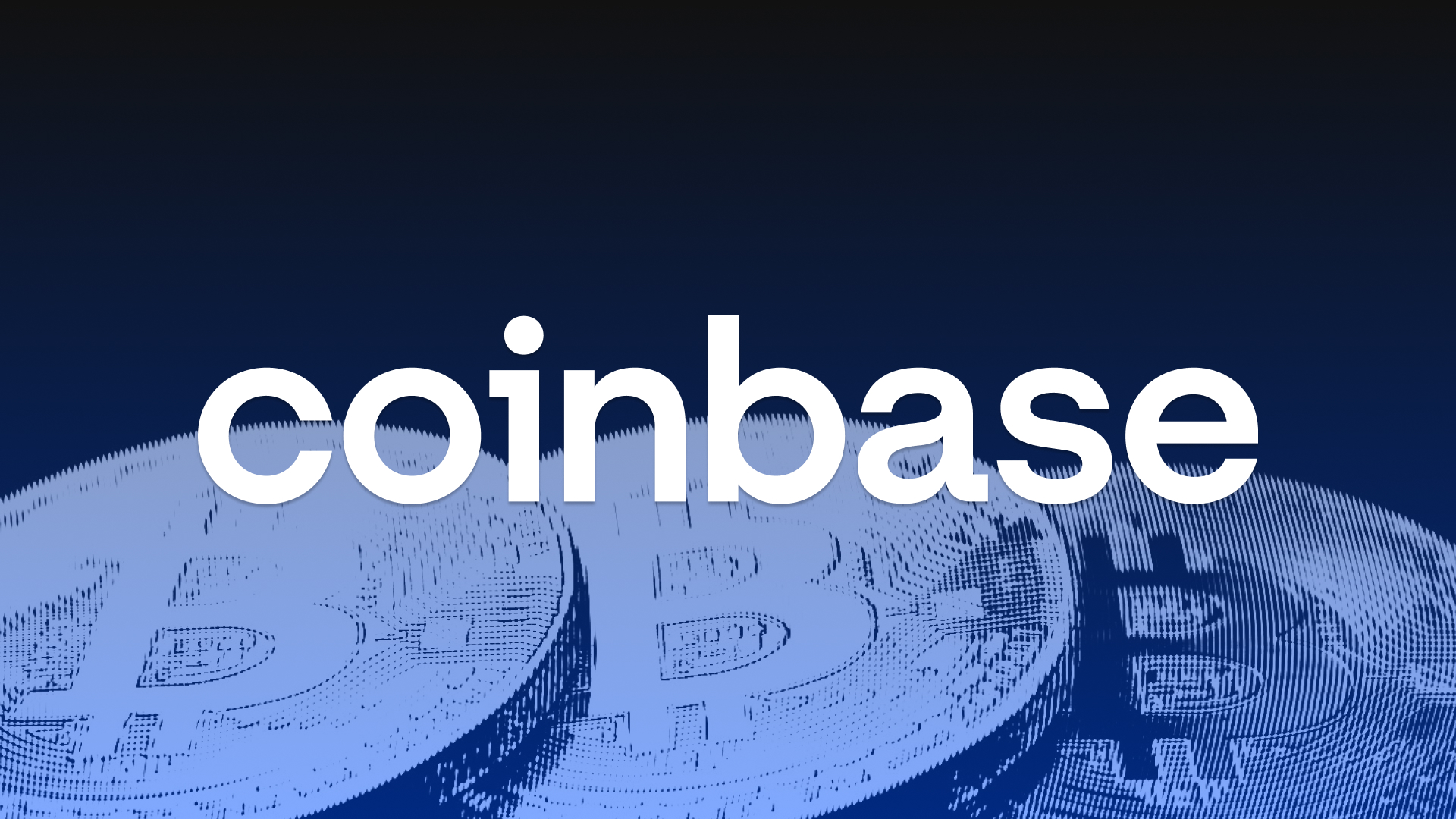Coinbase CEO Brian Armstrong recently made statements about the Bitcoin Lightning Network, a five-year-old layer 2 scaling solution for the alpha cryptocurrency.
Detractors were quick to point out, however, that at
My tweets auto-delete after some number of months, so there is no search history.
Lightning is great and something we’ll integrate.
— Brian Armstrong (@brian_armstrong) April 8, 2023
According to , the amount of $BTC locked in Lightning has reached an all-time high of 5,490 BTC in February but has since dropped to 5,420 BTC. This thus represents a substantial increase compared to the 3,350 BTC locked at the beginning of last year.
Transaction volume on the Lightning Network has also experienced an uptick. BitPay reports an 18% increase in transaction volume in 2022 compared to 2021, with the growth in the fourth quarter of 2022 being 32% higher than in the same period in 2021. Notably, the network does not have a native token like most protocols, suggesting that its growth is purely organic.
A February 2023 report by highlights the adoption of the Lightning Network since its inception, emphasizing its . The network aims to improve Bitcoin’s transaction speed and reduce associated fees by creating a separate layer for off-chain transactions, enabling multiple transactions without broadcasting them on the main blockchain. This reduces network congestion and addresses Bitcoin’s scalability limitations.
Most major crypto exchanges, including Bitfinex, Kraken, and OKX, have already integrated the Lightning Network. If Armstrong’s statement materializes, Coinbase may soon follow suit. Perhaps one of the reasons for the stall is Coinbase’s own, recently active engagement in Ethereum L2s, with the launch of has actively engaged in the Ethereum ecosystem, launching “Base” on February 23—an Ethereum layer 2 powered by fellow layer 2 solution Optimism. An integration of the Lightning Network would further demonstrate Coinbase’s commitment to scaling solutions for the crypto ecosystem.
Credit: Source link
































